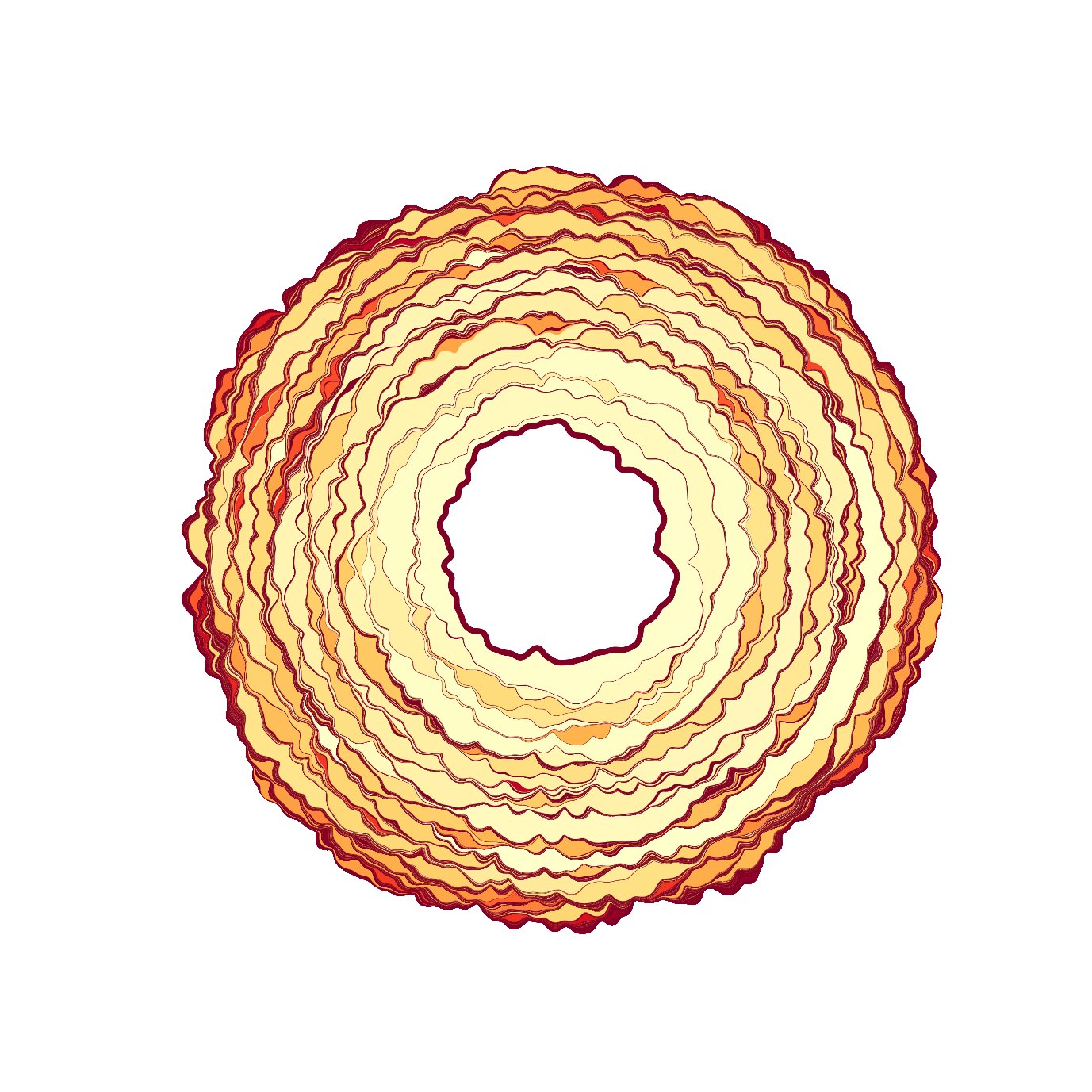Adhesive tape or sticky notes are easy to attach to a surface, but are difficult to remove. This phenomenon, known as adhesion hysteresis, can be fundamentally observed in soft, elastic materials: Adhesive contact is formed more easily than it is broken.
Researchers at the University of Freiburg, the University of Pittsburgh and the University of Akron have now discovered that this adhesion hysteresis is caused by the surface roughness of the adherent soft materials. Through a combination of experimental observations and simulations, the team demonstrated that roughness interferes with the separation process, causing the materials to detach in minute, abrupt movements, which release parts of the adhesive bond incrementally.
Dr. Antoine Sanner and Prof. Dr. Lars Pastewka from the Department of Microsystems Engineering and the livMatS Cluster of Excellence at the University of Freiburg, Dr. Nityanshu Kumar and Prof. Dr. Ali Dhinojwala from the University of Akron and Prof. Dr. Tevis Jacobs from the University of Pittsburgh have published their results in Science Advances.
“Our findings will make it possible to specifically control the adhesion properties of soft materials through surface roughness,” says Sanner. “They will also allow new and improved applications to be developed in soft robotics or production technology in the future, for example for grippers or placement systems.”
Sudden jumping movement of the edge of the contact
Until now, researchers have hypothesized that viscoelastic energy dissipation causes adhesion hysteresis in soft solids. In other words, energy is lost to heat in the material because it deforms in the contact cycle: It is compressed when making contact and expands during release. Those energy losses counteract the movement of the contact surface, which increases the adhesive force during separation.
Contact aging, i.e., the formation of chemical bonds on the contact surface, has also been suggested as a cause. Here the longer the contact exists, the greater the adhesion. “Our simulations show that the observed hysteresis can be explained without these specific energy dissipation mechanisms. The only source of energy dissipation in our numerical model is the sudden jumping movement of the edge of the contact, which is induced by the roughness,” says Sanner.
Adhesion hysteresis calculated for realistic surface roughness
This sudden jumping motion is clearly recognizable in the simulations of the Freiburg researchers and in the adhesion experiments of the University of Akron. “The abrupt change in the contact surface was already mentioned in the 1990s as a possible cause of adhesion hysteresis, but previous theoretical work on this was limited to simplified surface properties,” explains Kumar.
“We have succeeded for the first time in calculating the adhesion hysteresis for realistic surface roughness. This is based on the efficiency of the numerical model and an extremely detailed surface characterization carried out by researchers at the University of Pittsburgh,” says Jacobs.
More information:
Antoine Sanner et al, Why soft contacts are stickier when breaking than when making them, Science Advances (2024). DOI: 10.1126/sciadv.adl1277
“applied sciences and engineering”
Citation:
How surface roughness influences the adhesion of soft materials (2024, March 8)
retrieved 8 March 2024
from
This document is subject to copyright. Apart from any fair dealing for the purpose of private study or research, no
part may be reproduced without the written permission. The content is provided for information purposes only.






